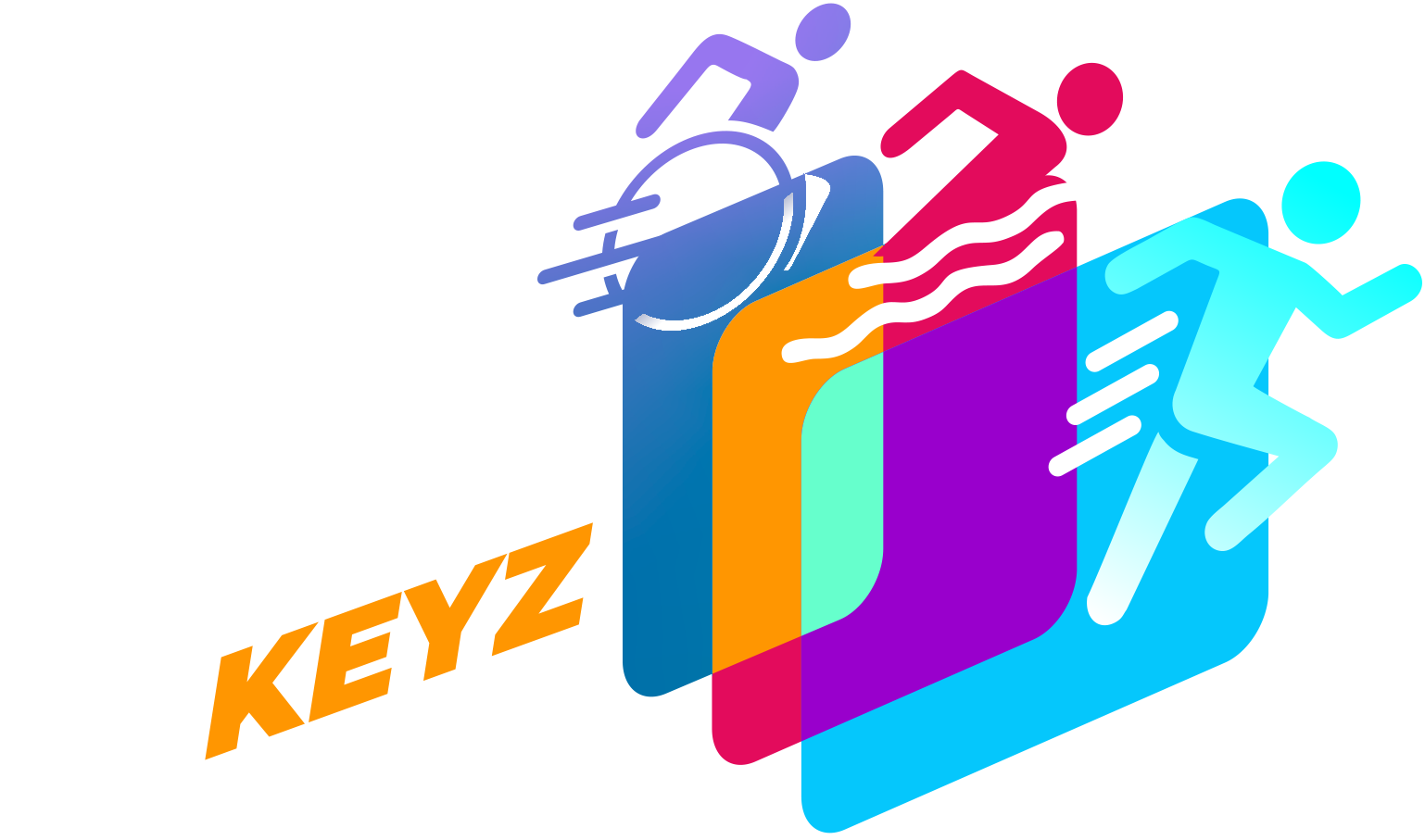The Mammoth that is Indian Sports Digitization: Efforts & Challenges
- SporTech Innovation Lab Tech Team

- Feb 9, 2024
- 3 min read

Digitizing the sports infrastructure in India is a colossal task, one that encompasses the herculean challenge of integrating technology across a nation where the sporting landscape is as varied as its culture. With over 1.3 billion people and a significant interest in a wide range of sports, the potential data pool is vast. India's internet penetration, which stood at approximately 45% in 2021, highlights the digital divide that poses a primary obstacle in the path to digitization. Moreover, the country's diverse geography and varying levels of infrastructure development add layers of complexity to implementing a unified digital framework. Financial constraints further complicate this vision; the sports sector, especially at the grassroots level, often operates on tight budgets, making the necessary investments in technology and training a significant hurdle. Additionally, the challenge of ensuring data privacy and security for athletes' sensitive information cannot be understated. Despite these hurdles, the push towards digitization promises unparalleled benefits, including streamlined talent identification, enhanced athlete development, and a more inclusive sports ecosystem. Bridging the gap between traditional practices and modern technology is critical for propelling Indian sports onto the global stage.
The Scale of Diversity and Disparity
India's sporting ecosystem is as diverse as its culture, spanning numerous sports disciplines practiced across urban and rural settings. With over a billion people and a significant portion interested in various sports—from cricket, field hockey, and badminton to indigenous games like kabaddi—the task of creating a unified digital platform to cater to all is daunting. The sheer volume of data, including athlete records, event information, and performance metrics, is staggering. For instance, the Khelo India programme, aimed at grassroots sports development, has already identified and provided scholarships to thousands of young athletes across multiple sports disciplines, underscoring the volume of data management required.
Infrastructural Challenges
A significant portion of India's sports infrastructure, especially in rural and semi-urban areas, lacks the basic digital connectivity and equipment necessary for a comprehensive digitization effort. As of 2021, internet penetration in India stood at around 45%, with a notable digital divide between urban and rural areas. This disparity poses a significant challenge in implementing digital tracking and management systems across the board, particularly for tracking grassroots talent and events.
Financial and Organizational Hurdles
The financial investment required to digitize India's sports infrastructure is substantial. From developing digital platforms and databases to training personnel and maintaining systems, the costs are prohibitive for many sports organizations, especially those operating on limited budgets. Furthermore, the organizational restructuring needed to adapt to digital systems involves overcoming bureaucratic inertia and resistance to change, a common challenge in many large and traditional institutions.
Cultural Barriers to Digital Adoption
Cultural attitudes towards technology and digitization vary widely across India, with significant segments of the population still preferring traditional methods of communication and record-keeping. This reluctance extends to the sports sector, where digital literacy among older generations of coaches, administrators, and even athletes can be limited. Bridging this digital divide requires not just access to technology but also comprehensive education and training programs.
Privacy and Data Security Concerns
The sensitivity of personal data and the potential for misuse present another layer of complexity. Establishing a secure, reliable system for managing athletes' personal information, performance data, and medical records is critical. The fear of data breaches and privacy violations can hinder the willingness of athletes and sports organizations to fully embrace digitization without robust safeguards in place.
Conclusion
The task of digitizing Indian sports is indeed mammoth, not just in terms of the technological and financial investments required but also in overcoming cultural and organizational inertia. While the potential benefits of such an endeavor are vast—including improved talent identification, streamlined administrative processes, and enhanced athlete development—the road to achieving this vision is fraught with challenges. It requires a coordinated effort from the government, private sector, and sporting communities to bring about a digital revolution in Indian sports. As of now, the journey towards digitization is in its nascent stages, with initiatives like Khelo India and the adoption of digital platforms by some sports leagues marking the beginning of a long and complex process.




Comments